The United States boasts one of the most extensive and dynamic transportation networks globally, with semi-trailers playing a pivotal role in facilitating commerce and industry. As manufacturers and stakeholders navigate the complexities of the logistics landscape, understanding the sheer number and distribution of semi-trailers becomes essential. In this comprehensive analysis, we delve deep into the current statistics, influencing factors, regional distributions, types, industry utilizations, challenges, and future projections related to semi-trailers in the US.
Current Statistics of Semi-Trailers in the US
Total Number of Semi-Trailers
As of the latest data in 2023, the United States is home to approximately 4 million semi-trailers. This figure encompasses a diverse array of trailer types, including flatbeds, refrigerated units, tankers, and more, each serving distinct industry needs. The vast number reflects the integral role these vehicles play in the national and international supply chain.

Growth Trends Over the Years
The semi-trailer market in the US has exhibited steady growth over the past decade. In 2013, there were approximately 3 million semi-trailers on the road, indicating a 33% increase over ten years. This growth is attributed to rising demands in e-commerce, expansion of manufacturing sectors, and advancements in trailer technology enhancing efficiency and load capacity.
Factors Influencing the Number of Semi-Trailers
Economic Growth and Trade
Economic expansion directly correlates with the demand for semi-trailers. As industries grow, so does the need for transportation solutions to move goods efficiently. Trade agreements and international commerce have further amplified the necessity for robust trailer fleets to support imports and exports.
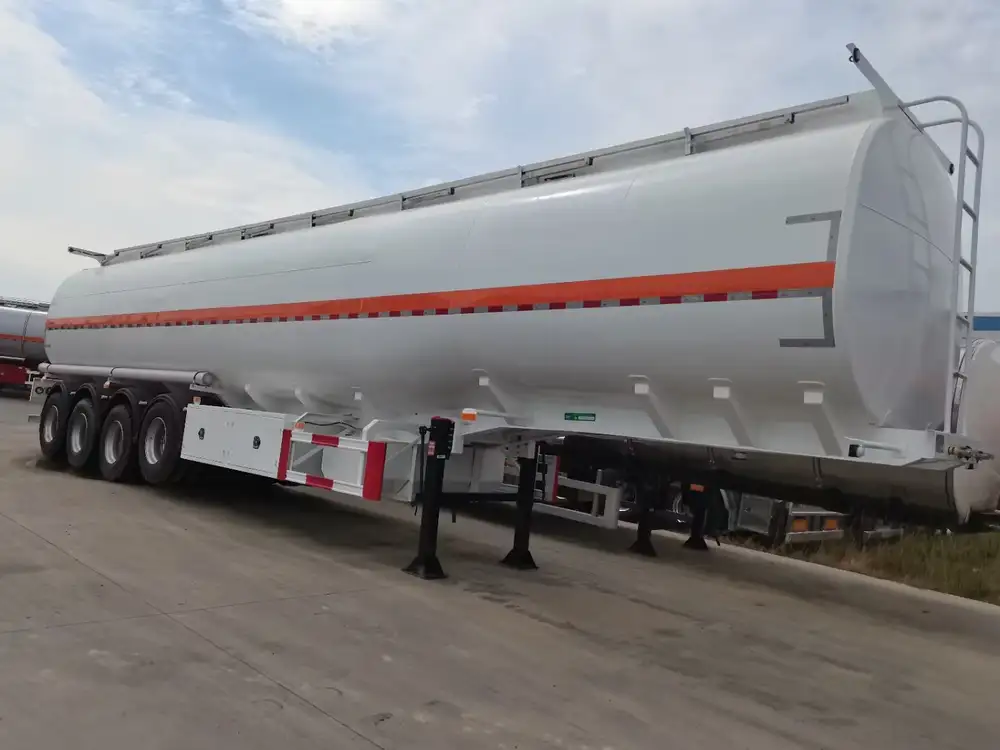
E-commerce and Goods Movement
The surge in e-commerce has revolutionized the logistics sector. With consumers expecting faster deliveries, the demand for semi-trailers capable of transporting a wide variety of goods swiftly and securely has skyrocketed. This trend has led to increased investments in trailer technology and manufacturing capacity.
Infrastructure Developments
Improvements in infrastructure, such as the expansion of highway systems and the modernization of ports, have facilitated more efficient transportation networks. Enhanced infrastructure reduces transit times and costs, thereby encouraging the proliferation of semi-trailers across various regions.
Regional Distribution of Semi-Trailers in the US
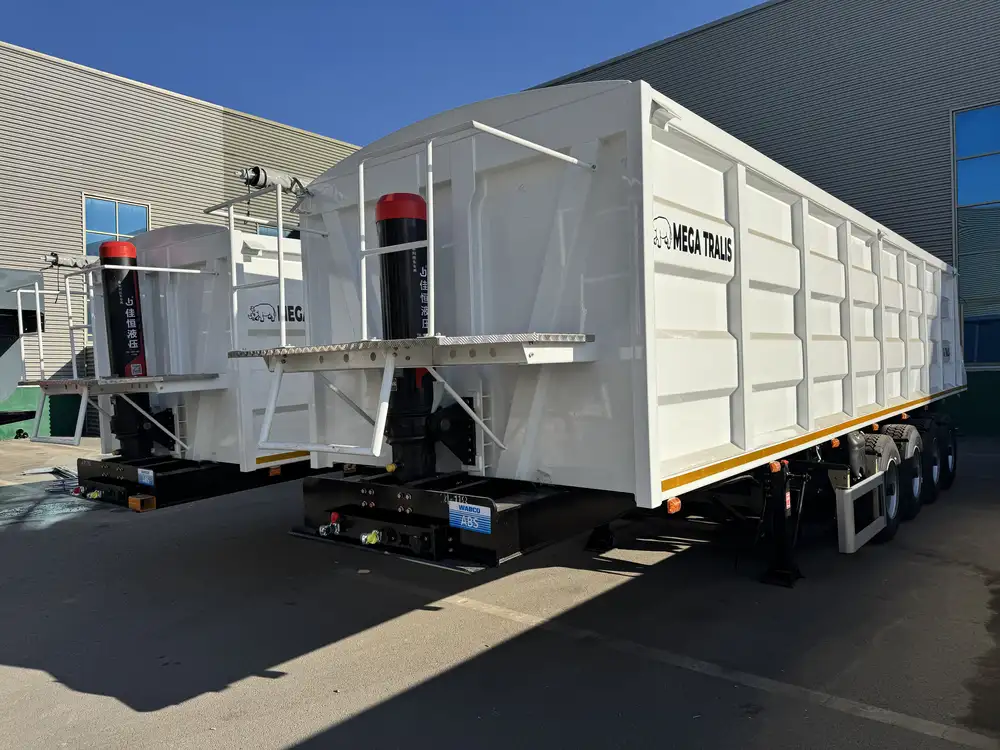
Major Distribution Hubs
Certain states serve as pivotal distribution hubs due to their strategic locations and economic significance. States like Texas, California, Illinois, and Georgia host the highest concentrations of semi-trailers, driven by their robust industrial bases and connectivity to major highways and ports.
| State | Estimated Number of Semi-Trailers |
|---|---|
| Texas | 800,000 |
| California | 700,000 |
| Illinois | 600,000 |
| Georgia | 500,000 |
| Florida | 400,000 |
State-wise Breakdown
The distribution of semi-trailers varies significantly across states, reflecting the diverse economic landscapes and logistical needs. For instance, Texas’s sprawling manufacturing and energy sectors necessitate a higher number of trailers compared to states with smaller industrial footprints.
Types of Semi-Trailers and Their Prevalence
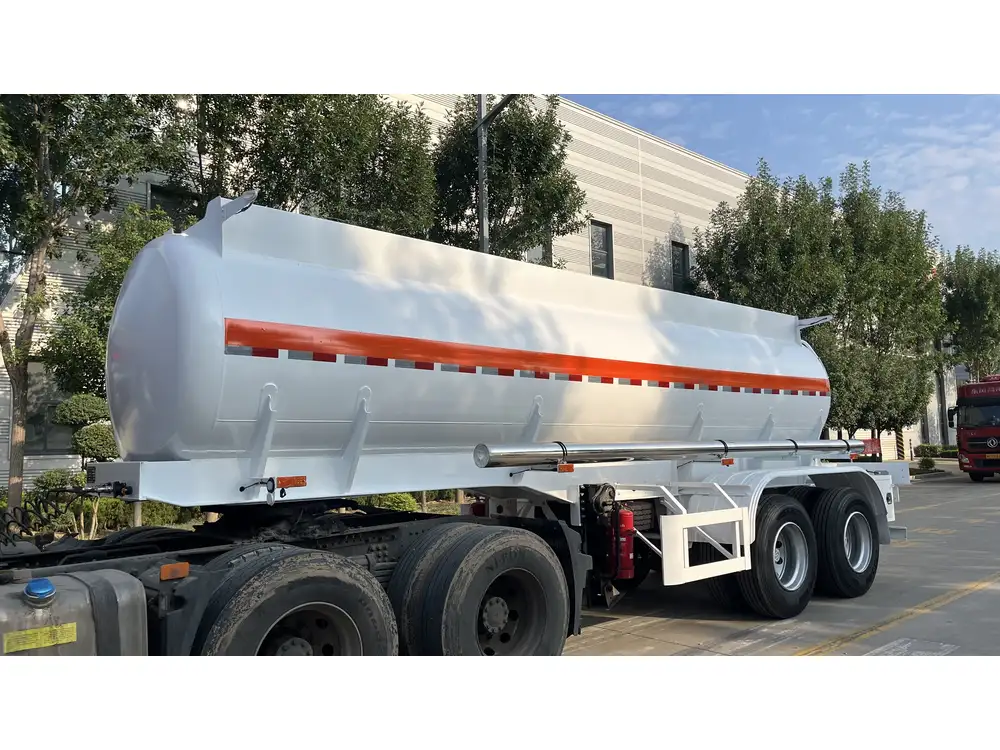
Flatbed Trailers
Flatbeds are versatile and widely used for transporting a variety of goods, including construction materials, machinery, and oversized items. They account for approximately 35% of the total semi-trailer fleet in the US.
Refrigerated Trailers
Refrigerated trailers, or reefers, are essential for the transport of perishable goods such as food and pharmaceuticals. They represent about 25% of the semi-trailer market, driven by the growing demand for fresh and temperature-controlled products.
Tanker Trailers
Tanker trailers are specialized for carrying liquids, gases, and other bulk materials. They make up roughly 15% of the fleet, serving industries like oil and gas, chemicals, and food processing.

Specialized Trailers
This category includes lowboys, curtain-sided trailers, and other custom designs tailored to specific transportation needs. Specialized trailers account for the remaining 25% of the semi-trailer population.
| Trailer Type | Percentage of Fleet |
|---|---|
| Flatbed | 35% |
| Refrigerated (Reefers) | 25% |
| Tankers | 15% |
| Specialized | 25% |
Industry Sectors Utilizing Semi-Trailers
Manufacturing
The manufacturing sector relies heavily on semi-trailers to distribute components and finished products nationwide. Efficient transportation is critical for maintaining production schedules and meeting market demands.

Retail and E-commerce
Retail giants and e-commerce platforms depend on semi-trailers to ensure timely delivery of goods to consumers. The rise of online shopping has intensified the need for reliable and flexible transportation solutions.
Agriculture
Agricultural sectors utilize semi-trailers for transporting crops, livestock, and equipment. Refrigerated trailers are particularly vital for maintaining the quality and freshness of perishable agricultural products.
Challenges Affecting Semi-Trailer Numbers
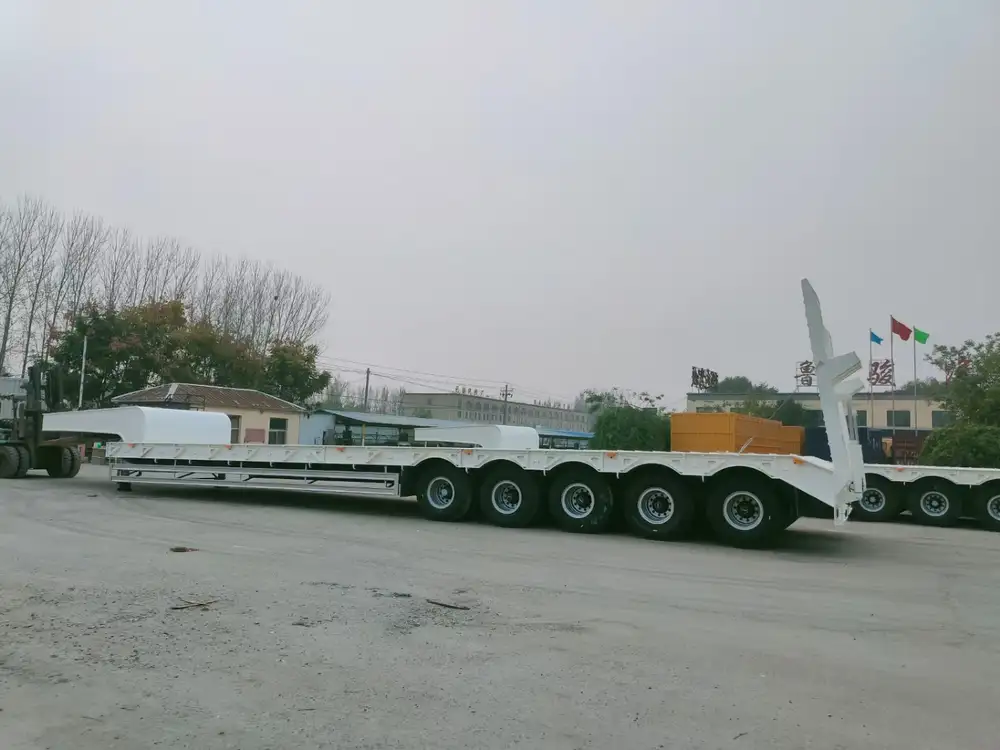
Supply Chain Issues
Disruptions in the supply chain, such as material shortages or logistical bottlenecks, can impede the production and distribution of semi-trailers. These challenges can lead to delays and increased costs, affecting the overall supply of trailers in the market.
Regulatory Compliance
Compliance with safety and environmental regulations is paramount. Manufacturers must adhere to stringent standards, which can influence production processes and costs, potentially impacting the availability of semi-trailers.
Driver Shortage
A shortage of qualified drivers poses a significant challenge for the transportation industry. This scarcity can lead to increased demand for trailers, as companies seek to maximize the efficiency of their existing fleets.
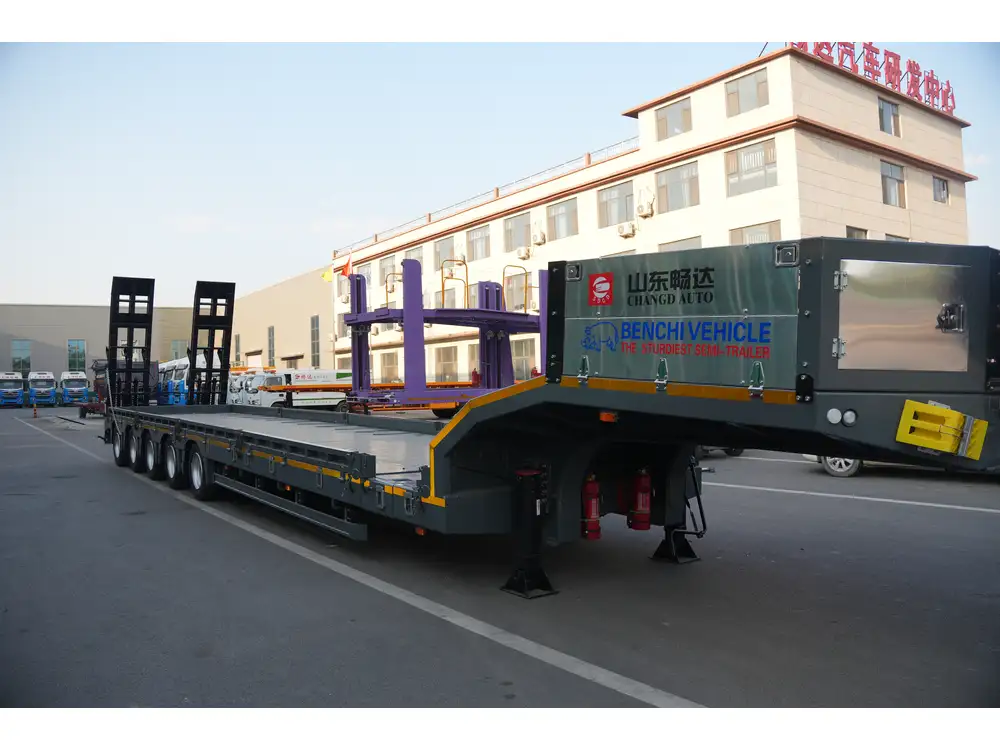
Future Projections for Semi-Trailers in the US
Technological Advancements
Innovations in trailer technology, such as automated systems, enhanced safety features, and improved fuel efficiency, are set to transform the market. These advancements will likely spur further growth in semi-trailer numbers as manufacturers and operators seek to stay competitive.
Sustainability Initiatives
The push towards sustainability is shaping the future of semi-trailers. Manufacturers are investing in eco-friendly materials and energy-efficient designs to reduce the environmental impact of transportation, aligning with broader corporate responsibility goals.

Expected Market Growth
Forecasts suggest that the semi-trailer market in the US will continue to expand, with an anticipated growth rate of 4-5% annually over the next decade. This growth is driven by sustained economic activity, technological progress, and evolving transportation needs.
CarMax Vehicle’s Role in the Semi-Trailer Market
At CarMax Vehicle, we pride ourselves on being at the forefront of semi-trailer manufacturing. Our commitment to quality, innovation, and customer satisfaction ensures that we meet the diverse needs of our clients across various industries. With a focus on durability and efficiency, CarMax Trailer products are designed to withstand the rigorous demands of the US transportation landscape.
Manufacturing Capabilities
Our state-of-the-art manufacturing facilities employ the latest technologies and rigorous quality control measures to produce semi-trailers that exceed industry standards. From flatbeds to specialized trailers, we offer a comprehensive range of products tailored to specific logistical requirements.

Innovation and Quality Standards
Innovation is ingrained in our manufacturing process. We continuously invest in research and development to incorporate advanced features that enhance performance, safety, and sustainability. Our dedication to quality ensures that every CarMax Trailer unit delivers reliability and longevity.
Conclusion
The landscape of semi-trailers in the US is both expansive and ever-evolving, influenced by economic trends, technological advancements, and shifting industry demands. With approximately 4 million semi-trailers currently in operation, the sector is a cornerstone of the national economy, facilitating the movement of goods across vast distances. As we look to the future, the integration of innovative technologies and sustainable practices will shape the trajectory of this essential industry. At CarMax Vehicle, we are committed to driving progress and supporting the dynamic needs of our clients through superior semi-trailer solutions.
Frequently Asked Questions
1. What factors contribute to the growth of semi-trailers in the US?
Economic expansion, increased e-commerce activities, advancements in trailer technology, and infrastructure improvements are primary factors driving the growth of semi-trailers in the US.
2. How are semi-trailers distributed regionally across the US?
States like Texas, California, Illinois, Georgia, and Florida host the highest concentrations of semi-trailers, serving as major distribution hubs due to their strategic locations and robust industrial bases.
3. What types of semi-trailers are most prevalent in the US market?
Flatbed trailers are the most prevalent, accounting for 35% of the fleet, followed by refrigerated trailers (25%), tanker trailers (15%), and specialized trailers (25%).
4. What challenges impact the availability of semi-trailers in the US?
Supply chain disruptions, regulatory compliance, and a shortage of qualified drivers are significant challenges affecting the availability and distribution of semi-trailers.
5. How is CarMax Vehicle contributing to the semi-trailer market?
CarMax Vehicle is a leading manufacturer offering a wide range of high-quality semi-trailers. We focus on innovation, durability, and efficiency to meet the diverse transportation needs of various industries.



